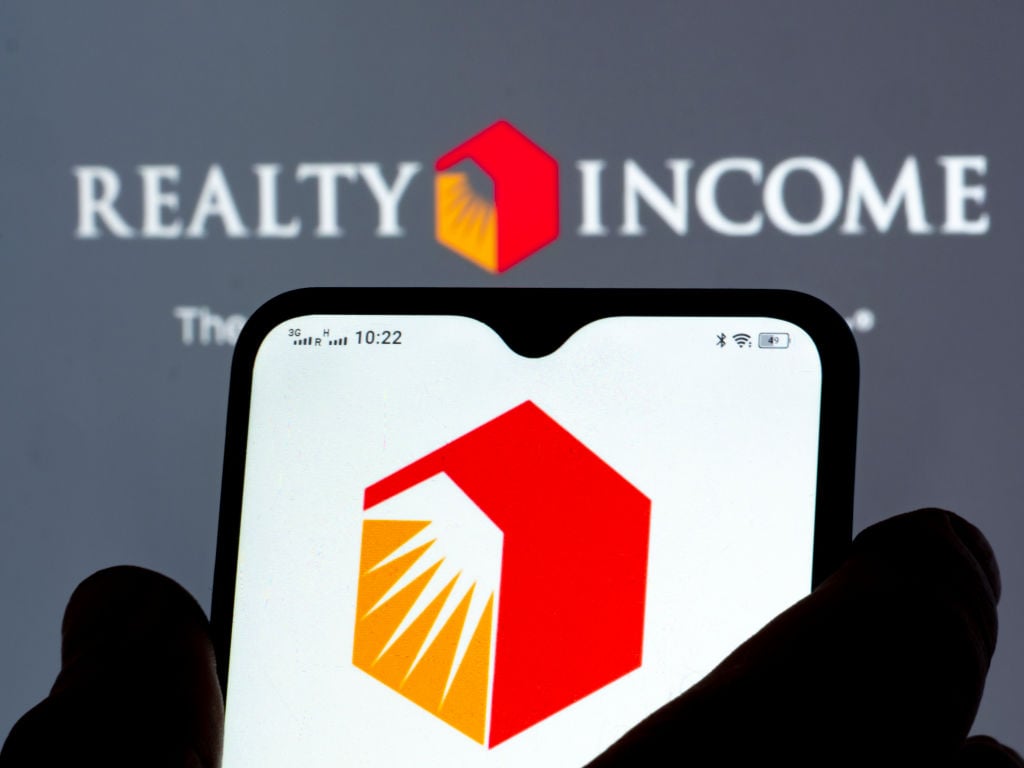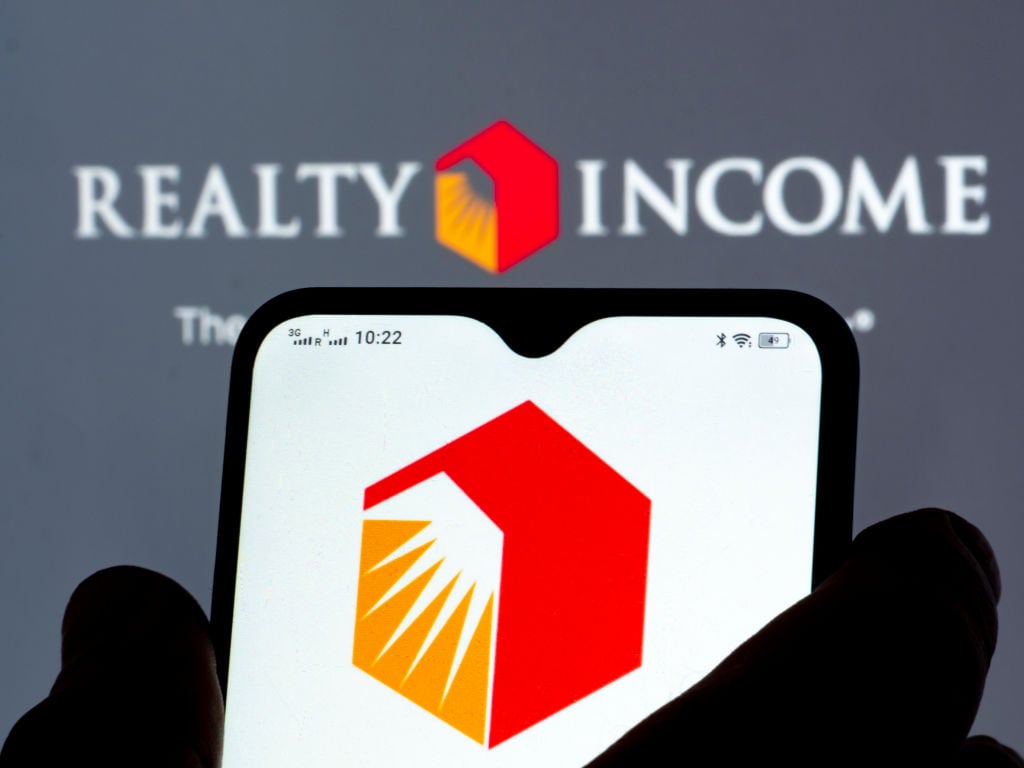Many dividend investors see real estate investment trust (REIT) Realty Income (O +1.32%) as a shining example of a great stock. But a solid dividend isn't the only thing that should go into a decision about a stock investment. Here's what you need to know in order to see why Realty Income is such a renowned dividend stock -- yet why it still might not make it onto your buy list right now.
Greatness exemplified
Realty Income is a net lease REIT, which means it owns properties but its tenants are responsible for most of the operating expenses of the assets they occupy. It is a fairly low-risk business model in which Realty Income makes the difference between its cost of capital and the rents it charges. Moreover, it usually tries to acquire properties that are vital to its customers, so that they will sign very long leases. The average remaining lease term for its portfolio is roughly nine years today. That helps support results even when markets are weak. Through the deep 2007 to 2009 recession, for example, Realty Income's funds from operations (FFO) -- like earnings for an industrial company -- grew 2.1% while earnings for the S&P 500 index fell 2.3%.

Image source: Getty Images.
Realty Income also has material scale, with a portfolio of roughly 6,000 properties. Although that means it takes larger deals to move the needle on the top and bottom lines than a smaller REIT would require, it also provides more stable results. No single tenant or property is all that important to the top line. The REIT's two largest tenants, the only names that represent more than 5% of rents, are Walgreens and 7-Eleven, both of which have massive store bases. So even there, the risk is spread out.
Although roughly 83% of rents come from retail, this is actually one of the largest net lease asset classes. Many peers focus exclusively on retail. Realty Income's exposure to industrial (12% of rents) and office (4%), meanwhile, provide valuable diversification and additional areas in which to grow. So, too, does its recent venture into Europe, where it generates just 2% or so of rents today. Other net lease REITs are already operating in Europe, so it should be fertile ground for a giant like Realty Income.
Portfolio performance, meanwhile, has been strong for a long time. For example, occupancy is roughly 98.3% today, but even during the worst days following the start of the last recession year-end occupancy never dipped below 96.6%. Long leases and a focus on properties that are vital for its tenants have a clear positive impact. And that strength has passed through to shareholders via a streak of 26 consecutive annual dividend increases (during a period that included two recessions). The dividend is also paid monthly, so it's kind of like replacing a paycheck. The average dividend increase over the past decade has been around 4.5%, which beats the historical rate of inflation growth and means that the buying power of Realty Income's dividend is growing over time.
The REIT has done all of this while remaining fiscally prudent. Realty Income's balance sheet is investment grade rated. Roughly 96% of its debt is unsecured (meaning it makes little use of mortgages). Net debt is just 20% or so of the capital structure. And, at present, it has a $3 billion revolving credit facility that is fully available. The payout ratio for the dividend, meanwhile, is a reasonable 80% or so of FFO.
Realty Income is a great dividend stock, and any dividend investor would be making a wise choice to put it on their wish list. So why wouldn't you run out and buy a wonderful dividend stock like this?
Listen to an investing legend
Famed value investor Benjamin Graham helped train Warren Buffett and is largely considered a pillar of modern investment research. One of the things he tried to get into investors' minds is that -- to paraphrase -- even a great stock can be a bad investment if you pay too much for it. When it comes to Realty Income, investors are well aware of just how great a business it is, and they have bid the REIT's shares up accordingly.
For example, the yield on the stock is roughly 3.5% today. That's a full 1.5 percentage points higher than the 2% or so you'd get from an S&P 500 exchange-traded fund. However, it is also among the lowest yields ever for Realty Income's stock. The flip side of that, since stock price and yield move in opposite directions, is that the stock price is near its highest levels in history.
This isn't the only sign that investors are paying a premium price. Using Realty Income's projected 2019 adjusted FFO, its price-to-adjusted-FFO ratio is nearly 23. That's a number you would expect for a growth stock, not an income stock with a historical dividend growth rate of 4.5%. Realty Income is a reliable tortoise priced more like a hare today. All of this suggests that investors would be better off keeping an eye on this desirable REIT than buying it right now.
A great -- and expensive -- stock
It isn't easy finding great dividend stocks. Realty Income does indeed stand above the pack and easily earns that distinction. However, everyone and their brother knows it, and the shares have been bid up accordingly. That means that this great dividend stock is expensive today. As painful as it is to say, most investors will be better served putting it on their wish lists and waiting for a more compelling entry point even though Realty Income is a truly great dividend stock.







